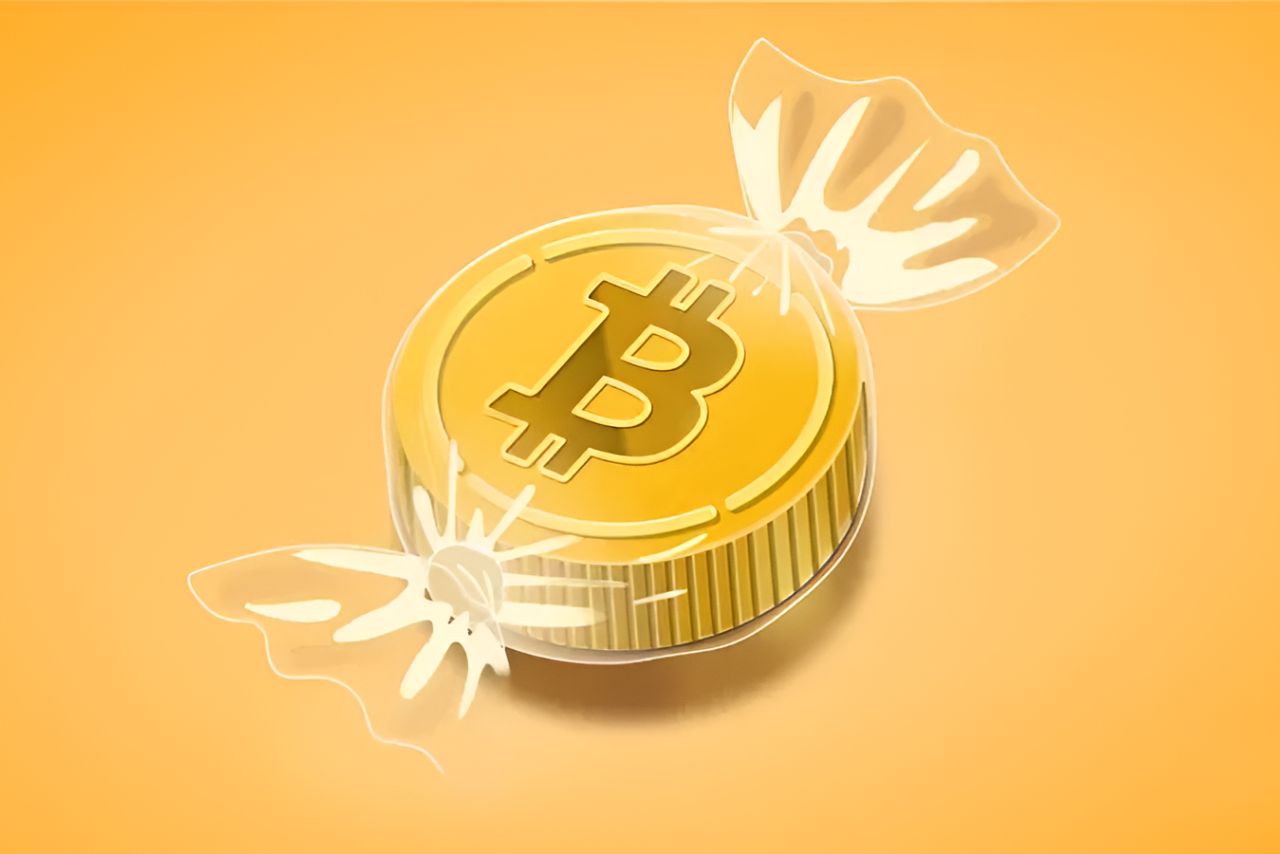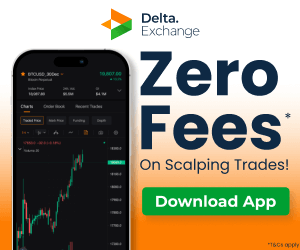Wrapped Bitcoin (WBTC) is a game-changer in the crypto world. It merges Bitcoin’s value with Ethereum’s innovation, allowing BTC holders to dive into decentralised finance (DeFi). Launched on January 31, 2019, WBTC has become a key player in the DeFi space.
ERC20 Tokens Mirroring Bitcoin
Each WBTC token represents one Bitcoin, backed 1:1 by BTC reserves held by custodians like BitGo. This ensures that WBTC’s value stays tied to Bitcoin’s price. By converting BTC into WBTC, users can access Ethereum’s ecosystem without selling their Bitcoin.
Key Features
1. Interoperability
WBTC acts as a bridge between Bitcoin and Ethereum. This means Bitcoin holders can now use their BTC in Ethereum-based DeFi applications like lending, trading, and yield farming. It’s a win-win for both ecosystems.
2. Custodial Model
WBTC relies on a custodial model where regulated entities like BitGo securely hold the Bitcoin reserves. Users can mint WBTC by sending BTC to these custodians through approved merchants. When users want their Bitcoin back, they simply burn their WBTC to redeem it.
3. DAO Governance
The WBTC ecosystem is governed by a decentralised autonomous organisation (DAO). This DAO oversees protocol upgrades, approves merchants, and sets fee structures. Merchants like Kyber and CoinList handle user interactions, ensuring compliance with KYC/AML regulations.
What is ERC20 token?
WBTC is an ERC20 token, meaning it’s fully compatible with Ethereum wallets and smart contracts. Regular audits by firms like Chainlink ensure that the Bitcoin reserves match the WBTC supply. This transparency builds trust among users.
Practical Uses
With WBTC, Bitcoin holders can participate in DeFi without selling their BTC. For example, they can use WBTC as collateral to borrow stablecoins on platforms like Aave or Compound. This unlocks new financial opportunities while keeping their Bitcoin intact.
Liquidity Mining
WBTC is a popular asset in liquidity pools on platforms like Curve and Balancer. By staking WBTC, users can earn rewards in the form of governance tokens. This turns idle Bitcoin into a source of passive income.
Since WBTC is backed 1:1 by Bitcoin, its price remains stable relative to BTC. This makes it a reliable option for users looking to leverage their Bitcoin in DeFi applications.
What are the Risks?
1. Centralisation Challenges Decentralisation
One of the main criticisms of WBTC is its reliance on custodians. If a custodian like BitGo were to fail, it could disrupt the WBTC ecosystem. This centralisation is a trade-off for the convenience WBTC offers.
2. Smart Contracts Harbor Vulnerabilities
Ethereum’s smart contracts are not immune to exploits. If a vulnerability is found, it could put WBTC and its users at risk. However, regular audits and bug bounty programs help mitigate these risks.
3. Regulations
WBTC’s reliance on custodians and merchants means it must comply with KYC/AML regulations. This could limit its decentralisation and make it a target for regulatory scrutiny.
What are the alternatives?
RenBTC
RenBTC offers a decentralised alternative to WBTC. Instead of relying on custodians, Ren uses a network of “darknodes” to facilitate cross-chain swaps. However, it hasn’t gained as much traction as WBTC.
tBTC
tBTC is another alternative that uses a non-custodial, trust-minimised design. It relies on collateralised signers to back the token. While it appeals to crypto purists, its technical complexity has limited its adoption.
Conclusion
WBTC is a practical solution for bringing Bitcoin into the Ethereum ecosystem. While it offers exciting opportunities for DeFi participation, users must weigh its centralisation risks against alternatives like RenBTC and tBTC.
As Ethereum’s DeFi ecosystem continues to grow, the demand for Bitcoin’s liquidity will only increase. WBTC, despite its challenges, remains a vital bridge between these two worlds—for now.
Written By Fazal Ul Vahab C H




